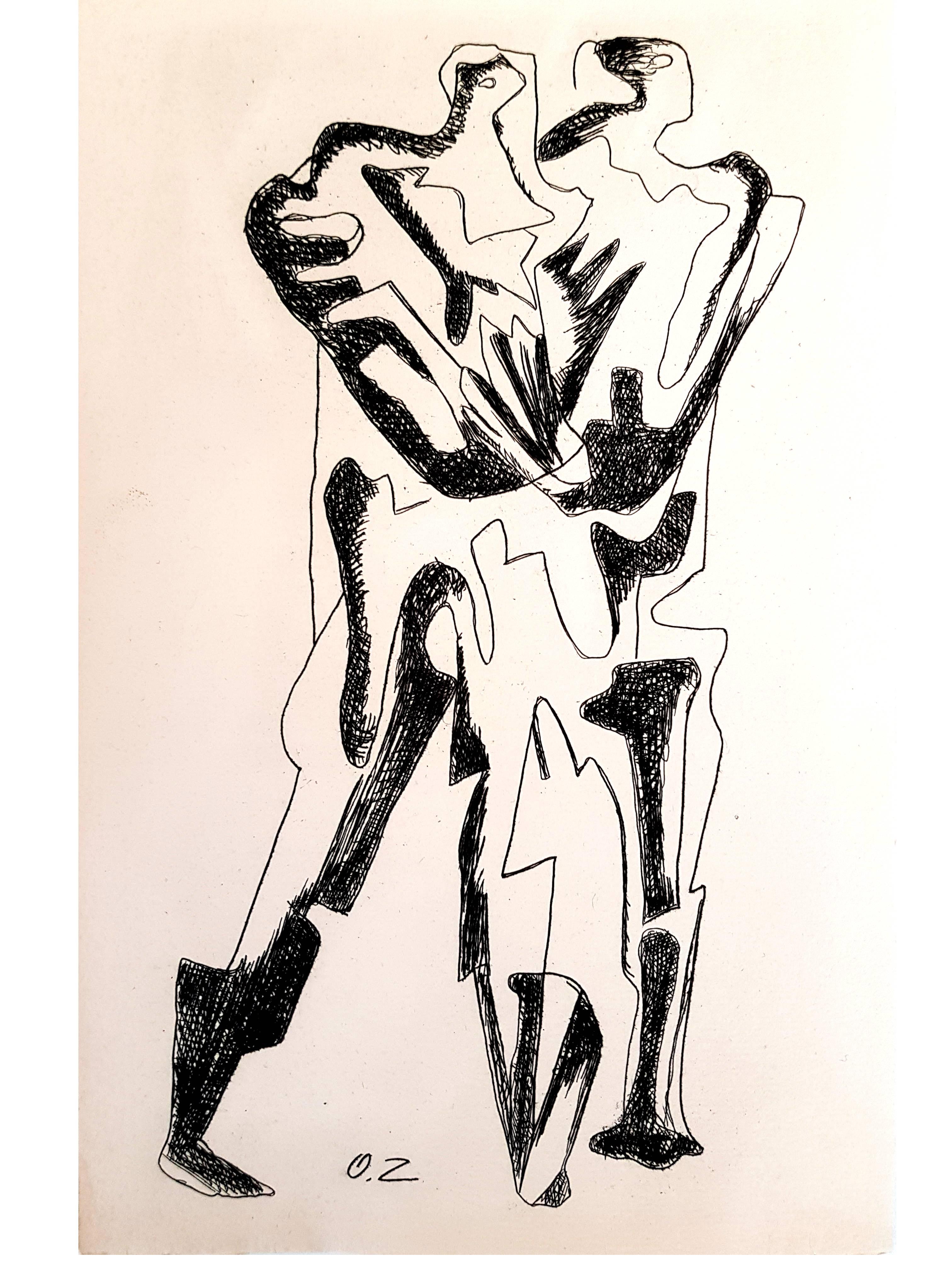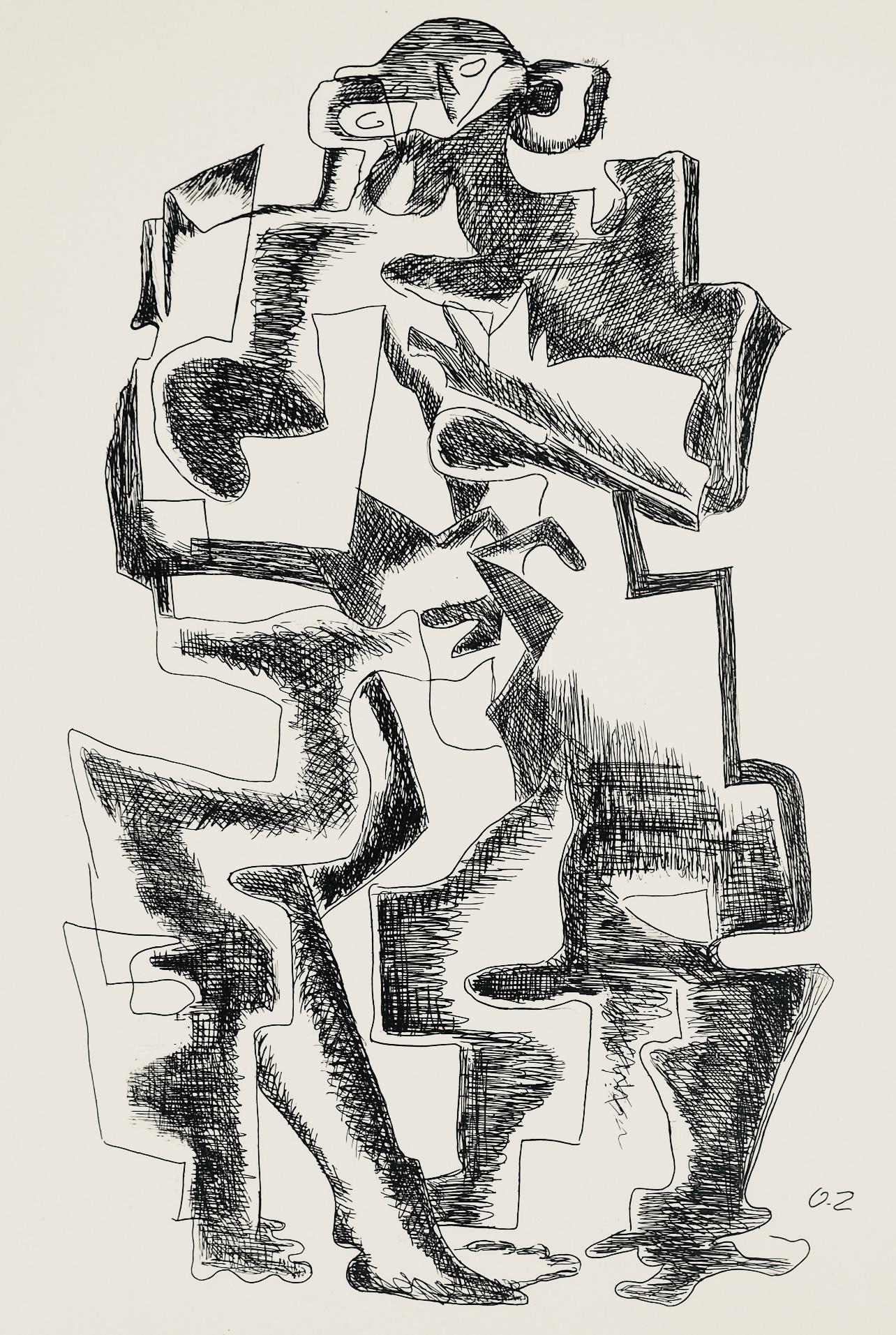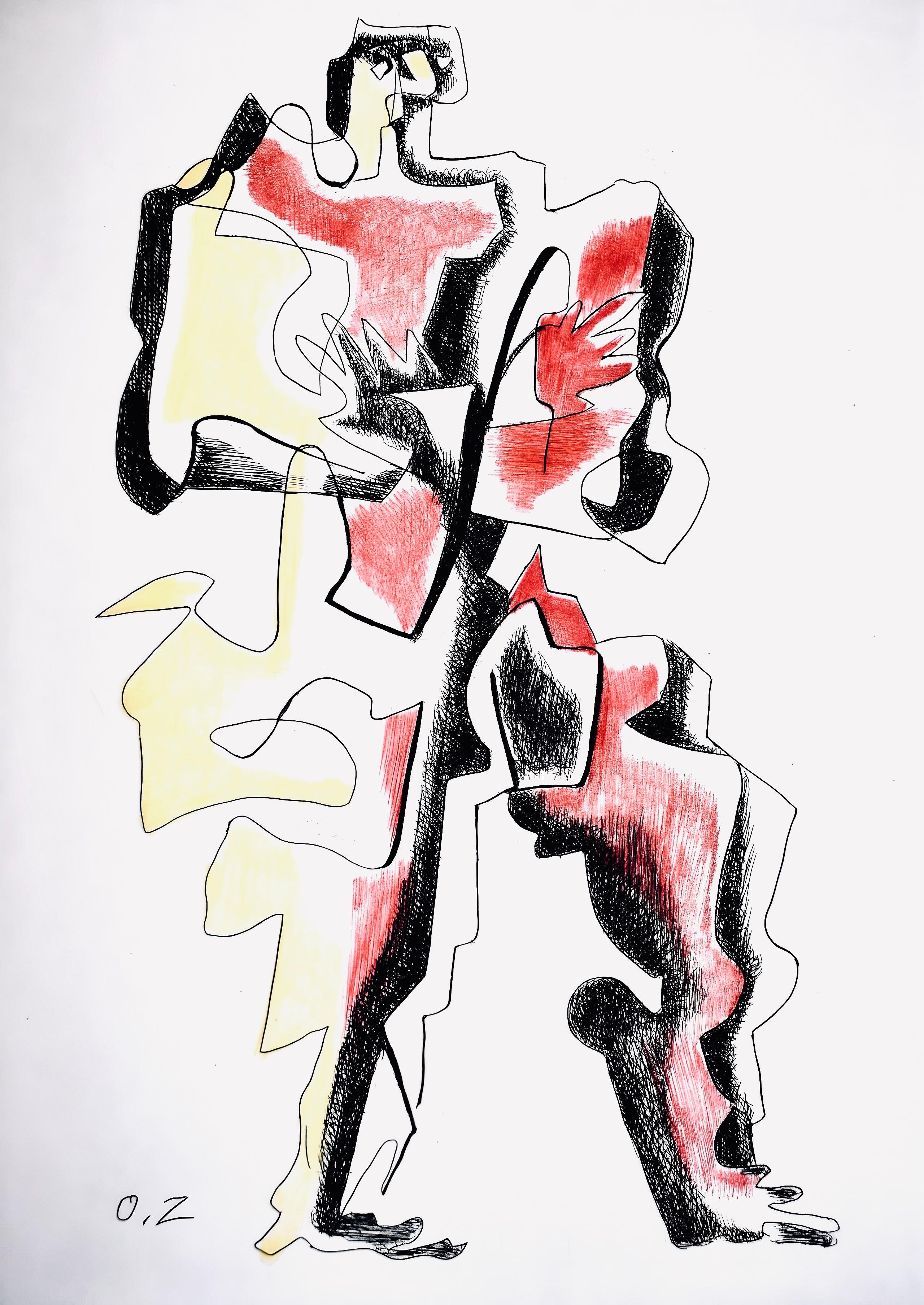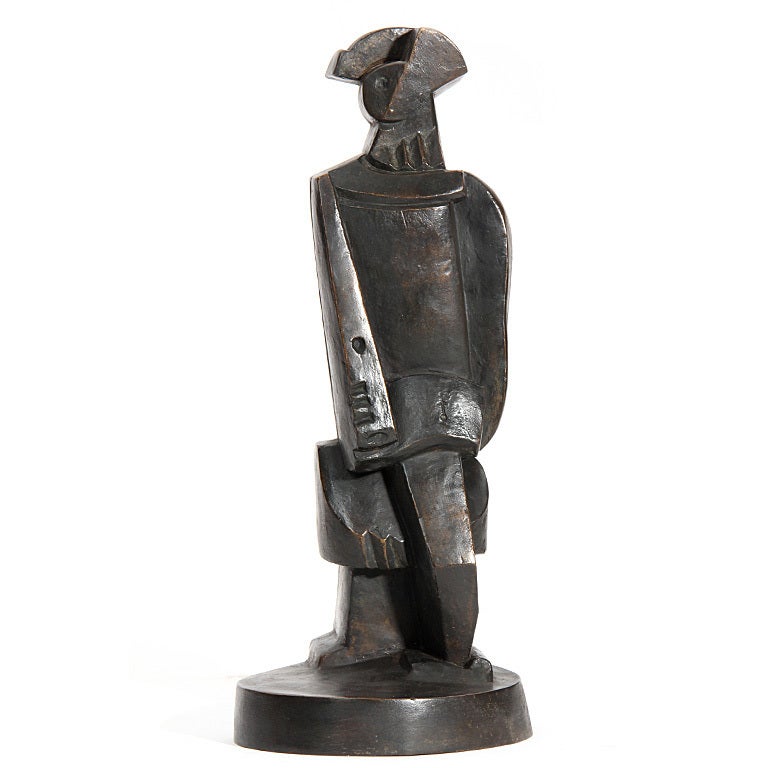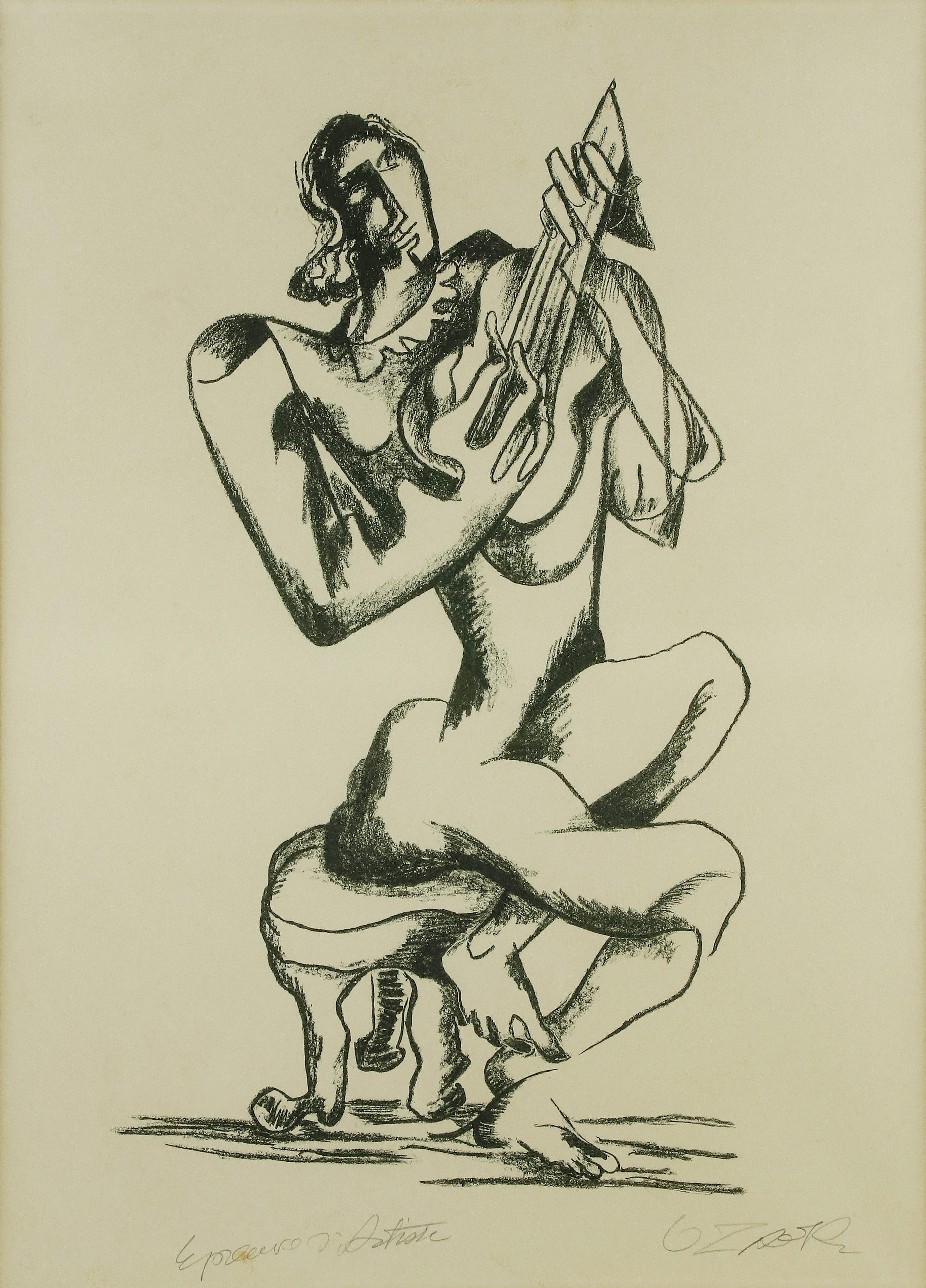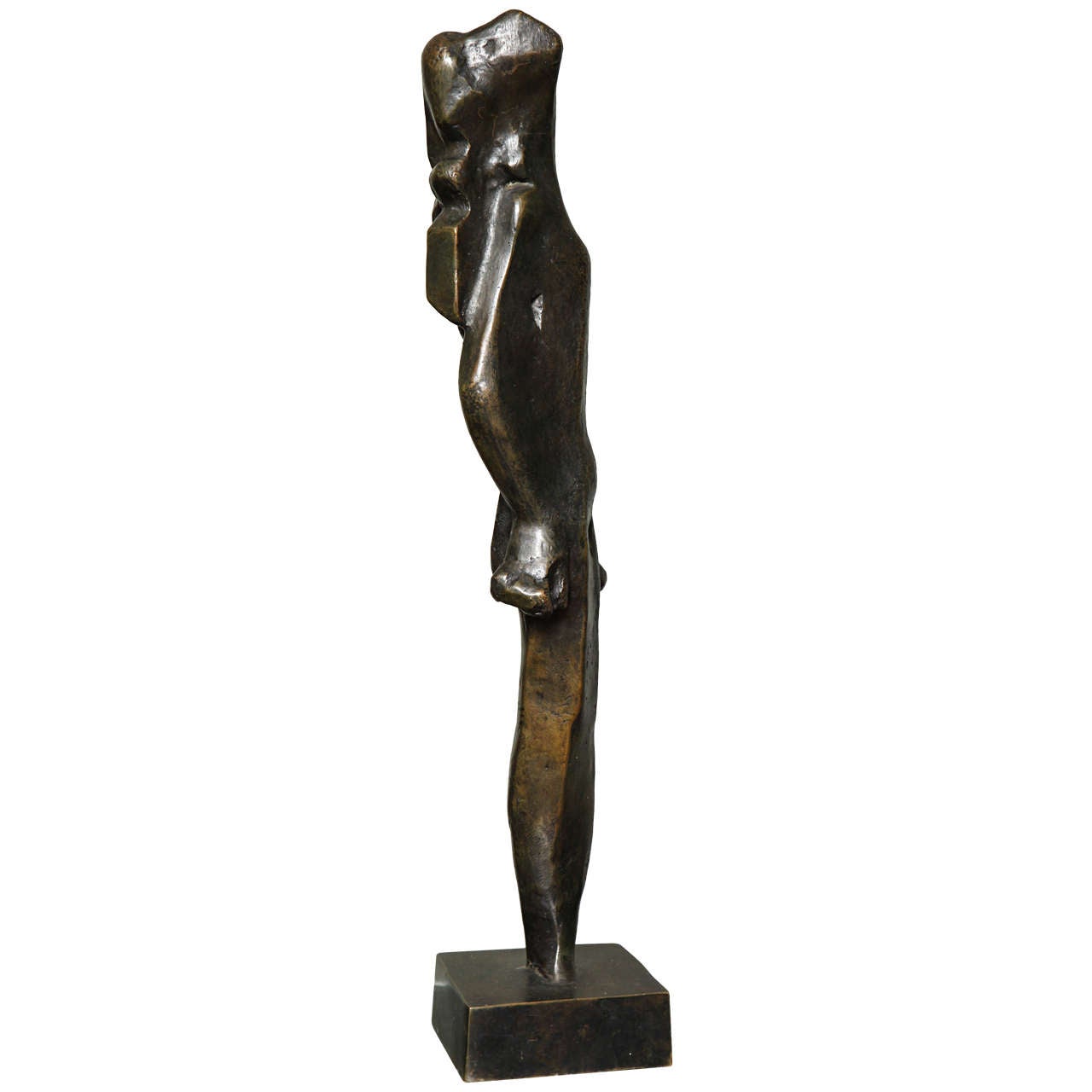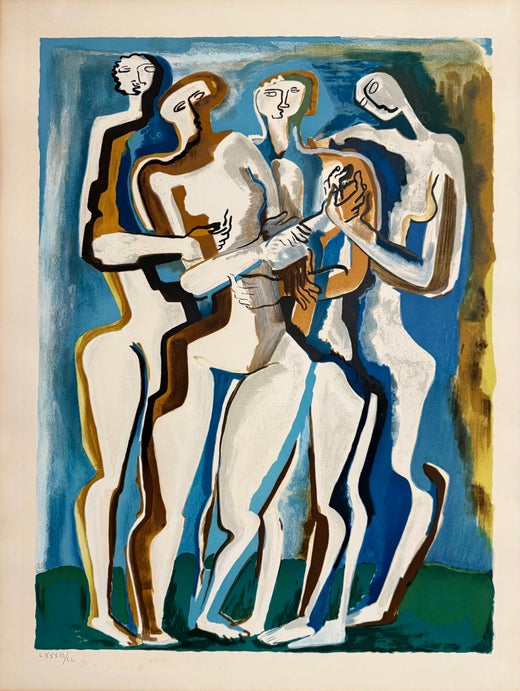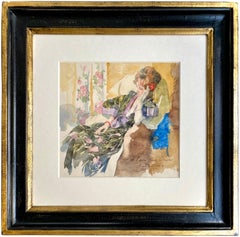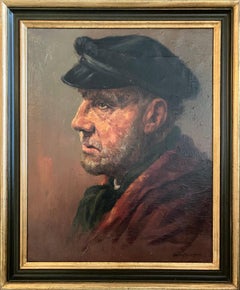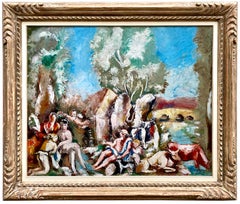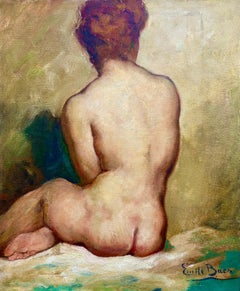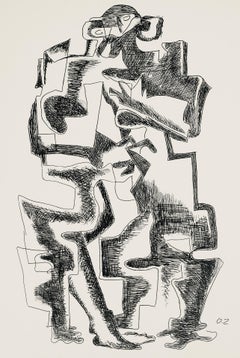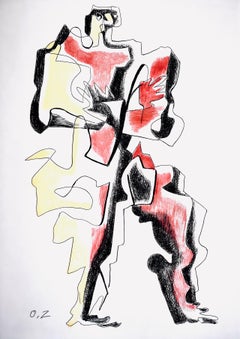Ossip ZadkineL’Architecte, 1943 by Ossip Zadkine (Vitebsk, Russian Empire 1890 - 1967 Paris)1943
1943
About the Item
- Creator:
- Creation Year:1943
- Dimensions:Height: 12.21 in (31 cm)Width: 6.7 in (17 cm)Depth: 9.45 in (24 cm)
- Medium:
- Movement & Style:
- Period:
- Condition:L’Architecte presents in superb condition, with its original patina beautifully preserved. The work is ready for immediate display in a private collection or institutional setting, requiring no conservation intervention.
- Gallery Location:Knokke, BE
- Reference Number:1stDibs: LU2006216691662
Ossip Zadkine
Ossip Zadkine was a relentless, unclassifiable and prolific artist. Today, we can count more than 612 sculptures and a large number of works on paper; 765 gouaches and drawings, as well as 200 lithographs and etchings. The exhibition of his works in his Parisian studio of the rue Rousselet on May 20th, 1920, marked the beginning of a long series of shows, including more than 105 solo exhibitions during his lifetime in Europe; but also, in the United States and in Japan. Truly, a man of the world, Zadkine lived in Vitebsk, Belarus, Sunderland and London in England and Paris, Bruniquel, Les Arques in France. During the First World War, he enlisted voluntarily and was posted to the Russian ambulance corps in Champagne in 1916. During the Second World War, he fled to New York City and lived there from October 1941 to September 1945. Zadkine also traveled to many places including Belgium, the Netherlands, Greece, Italy, Japan, America, amongst others. Zadkine collaborated with many people on diverse occasions. He collaborated with architects such as Adrien Blomme, Joseph André and Hugh Maaskant; decorators such as Marc du Plantier and André Groult; poets such as Claude Aveline, Robert Ganzo, Pierre Béarn and others. Zadkine was close to such important individuals as artists (Marc Chagall, Henry Moore, Tsuguharu Foujita, Amedeo Modigliani and others; thinkers, founders, collectors, doctors, industrialists, businessmen worldwide. He gathered his memoirs in his book, Le Maillet et le Ciseau, which he started writing in 1962.
- ShippingRetrieving quote...Shipping from: Knokke, Belgium
- Return Policy
More From This Seller
View AllEarly 20th Century Impressionist Portrait Paintings
Watercolor
20th Century Impressionist Portrait Paintings
Canvas, Oil
Early 19th Century Fauvist Landscape Paintings
Canvas, Oil
Early 20th Century Impressionist Nude Paintings
Canvas, Oil
Early 20th Century Impressionist Portrait Paintings
Canvas, Oil
Early 20th Century Post-Impressionist Portrait Paintings
Canvas, Oil
You May Also Like
1960s Modern Figurative Prints
Etching
1960s Modern Landscape Prints
Etching
1960s Modern Figurative Prints
Lithograph
Vintage 1970s American Expressionist Sculptures
Bronze
1960s Cubist More Prints
Etching
Vintage 1930s French Sculptures
Bronze
